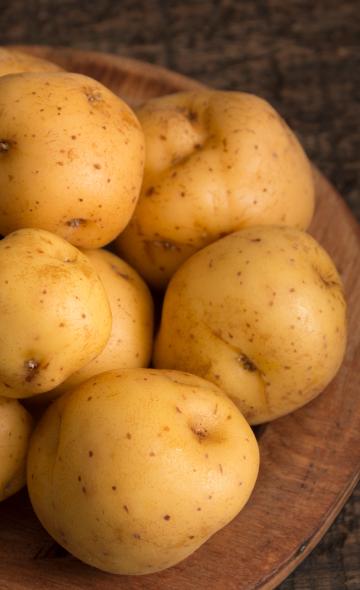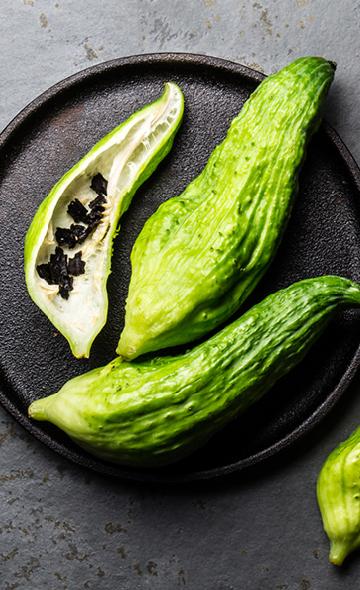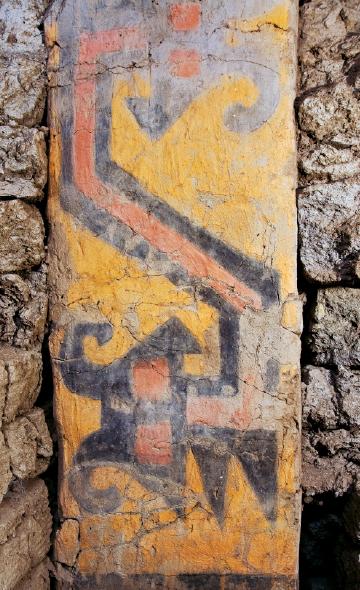- Visitors
- Researchers
- Students
- Community
- Information for the tourist
- Hours and fees
- How to get?
- Visitor Regulations
- Virtual tours
- Classic route
- Mystical route
- Specialized route
- Site museum
- Know the town
- Cultural Spaces
- Cao Museum
- Huaca Cao Viejo
- Huaca Prieta
- Huaca Cortada
- Ceremonial Well
- Walls
- Play at home
- Puzzle
- Trivia
- Memorize
- Crosswords
- Alphabet soup
- Crafts
- Pac-Man Moche
- Workshops and Inventory
- Micro-workshops
- Collections inventory
- News
- Students
- Andean Food Series: The Andean potato
News
CategoriesSelect the category you want to see:
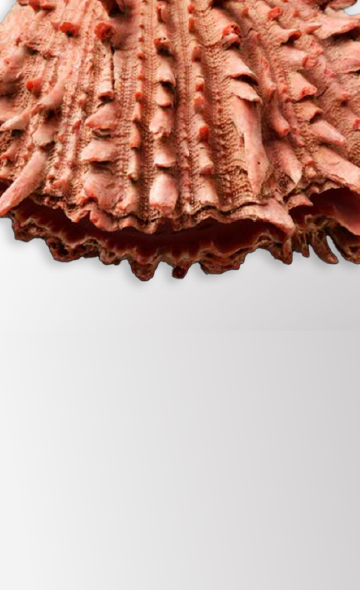
The Use of Spondylus Shells in Moche Ceremonial Contexts: Why Were They Symbols of Status and Wealth? ...
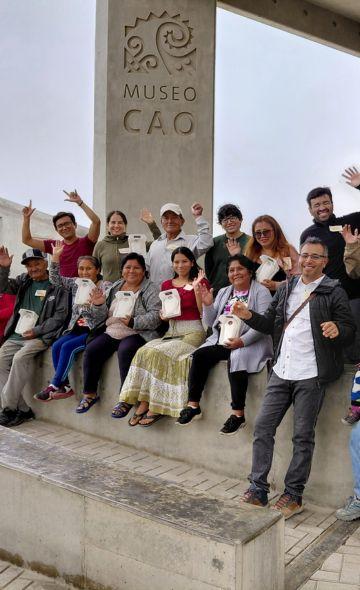
El Brujo Celebrated International Museum Day with Its Community: A Day of Encounter and Cultural Co-Creation ...
To receive new news.
Por: Jose Ismael Alva Ch.
By: Jose Ismael Alva Ch.
Resident Archaeologist at the El Brujo Archaeological Complex
The potato (Solanum tuberosum sp.) is the native Andean tuber that is most well-known on a global scale. With the globalization of economies that occurred after the European invasion of the Americas, the potato was brought back to the Old World and incorporated into the diet of its inhabitants.
According to the International Center for the Potato (CIP), there are currently over 1.4 billion people who consume potatoes regularly, making it the third most important food crop on the planet (Centro Internacional de la Papa). We will go over some information about its history, consumption, and nutritional and medicinal properties together.
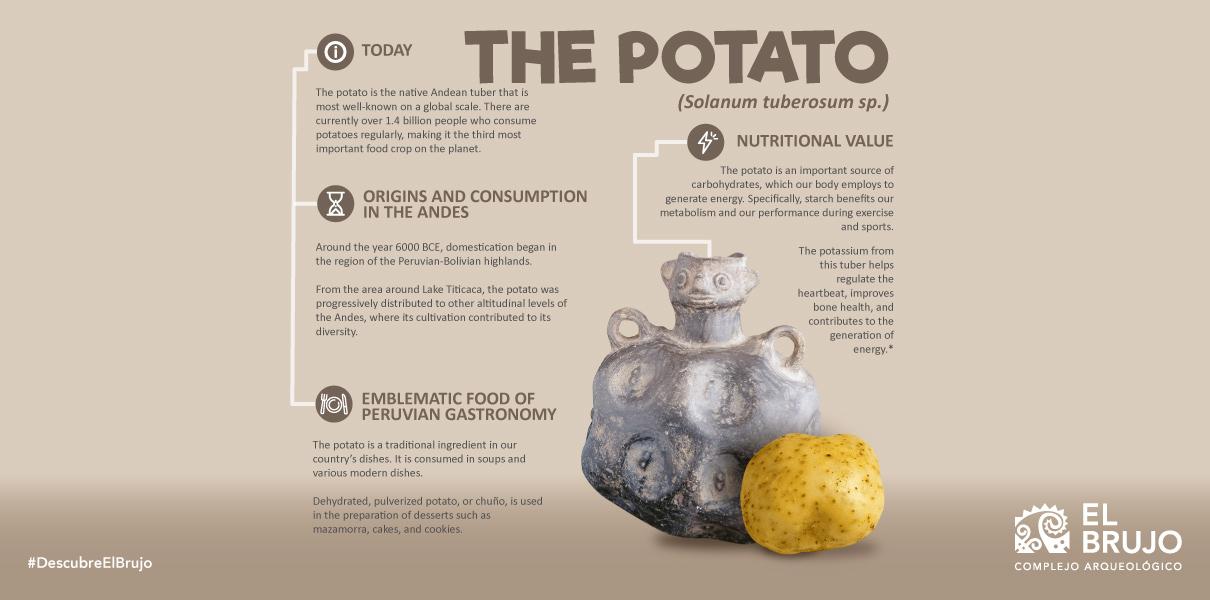
Origins and consumption in the Andes
During the mid-17th century, the Jesuit Bernabé Cobo wrote that in Peru there existed a great variety of potatoes, characterized by the different colors that these tubers presented. This variety observed by the chronicler and the Spanish colonists, however, was the result of centuries of domestication that began in the Peruvian-Bolivian highland region around 6000 BCE (León 2013, pg. 130-131).
From the area around Lake Titicaca, the potato was progressively distributed to other altitudinal levels of the Andes, where its cultivation contributed to its diversity. According to the work of Elmo León, the oldest archaeological evidence of the potato, while not completely clear, was from remains found in the region of Ayacucho dating to 3800 BCE.
On the coast of Casma, the site of Huaynuná contains undoubtable evidence of potato specimens in a good state of conservation, dating to between 2914 and 2287 BCE (León 2013, pg. 137-138). Since the potato can be consumed in its entirety, both flesh and skin, archaeologists use microscopic analysis to identify the foods consumed by ancient people.
For example, studies carried out on the teeth of the Lady of Cao, an individual from the Moche elite found at the top of Huaca Cao Viejo, revealed that the potato was one of the last foods consumed before her death (Vásquez et al. 2013).
The potato continued to be consumed extensively in later periods in the Andes. It has been represented in the iconography of pre-Hispanic coastal and highland societies, demonstrating the importance of its cultivation and its role feeding the people.
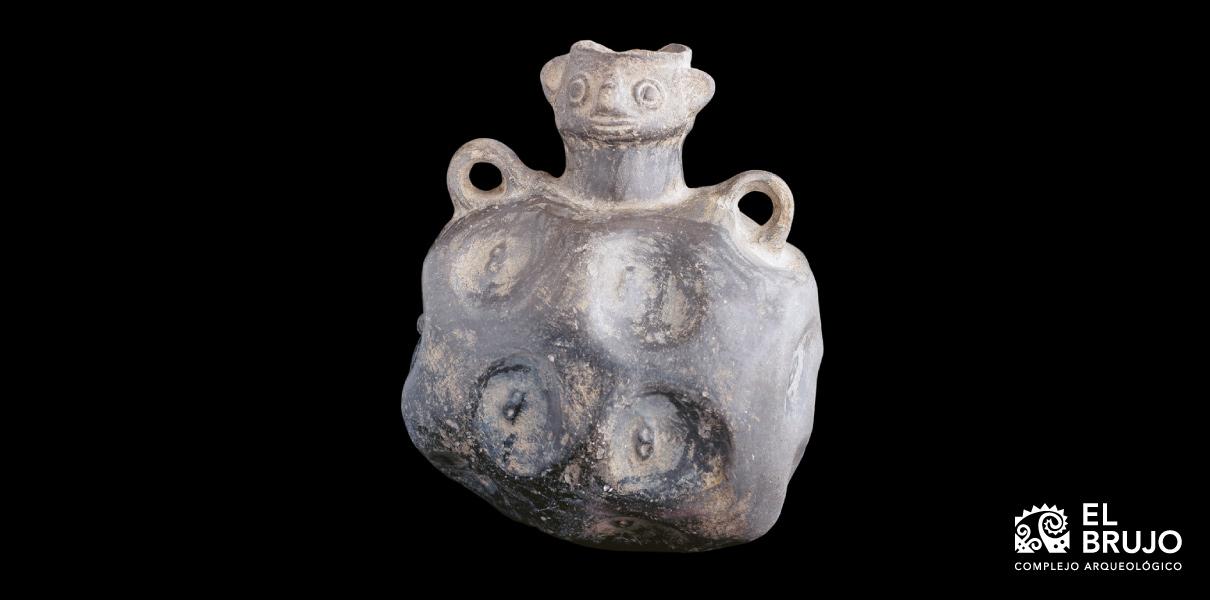
Sculpted ceramic Chimú-style vessel with representation of a potato with a human face. Piece found at Huaca Cao Viejo, El Brujo Archaeological Complex. Height: 14.5 cm.
Emblematic food of Peruvian gastronomy
The potato is a traditional ingredient in the dishes of our country. It is eaten in soups and diverse dishes such as causa rellena, stuffed potato, potato a la huancaína, Arequipeñan ocopa, cau cau, lomo saltado, carapulcra, and others. This last dish can be prepared with fresh or dehydrated (dried) potatoes. Furthermore, the potato is an excellent side dish for other foods that are rich in proteins, such as eggs and meats. On the other hand, dehydrated, pulverized potato, or chuño, is used in the preparation of desserts such as mazamorra, cakes, and cookies.
Although the potato can also be roasted, steamed, stir-fried, or fried, it is recommended to eat it boiled, since in this way its loss of nutrients is low in comparison to the other ways of preparing it, which include oils.
Nutritional and medicinal value
Due to their variety, the nutritional values of different types of potatoes are different. However, all of the varieties are an important source of carbohydrates, which our body uses to generate energy. Specifically, starch benefits our metabolism and our performance during exercise and sports (Burgos and Hann 2019).
Among the minerals found in potatoes is potassium, whose benefits include regulating the heartbeat, improving bone health, and contributing to the generation of energy. Furthermore, the potato contains antioxidants such as Vitamin C, which is important in the prevention of cardiovascular disease and cancer. Although the concentration of iron and zinc is low, their absorption by the body is improved by the high levels of Vitamin C in potatoes (Burgos and Hann 2019).
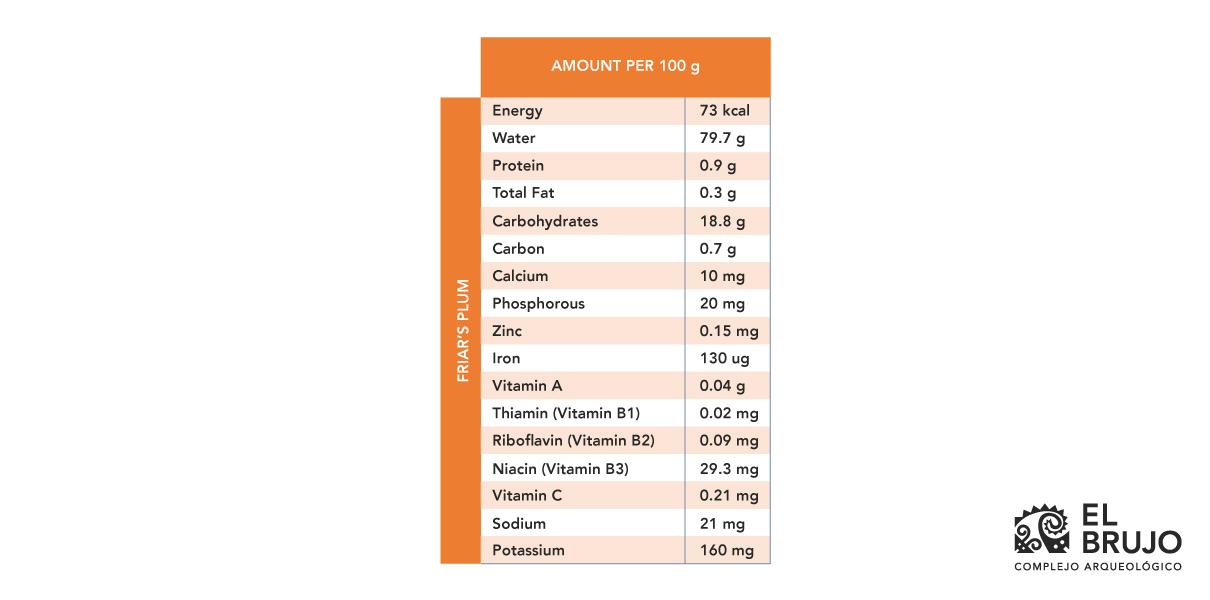
Table with the nutritional values of white potato and yellow potato. Created based on information published by the National Institute of Health (Reyes et al. 2017, pg. 66-67).
Regarding its medicinal properties, the anthocyanin present in potatoes with purple and red flesh has antioxidant and anti-inflammatory properties. This helps relieve muscular fatigue and improve athletic performance (Burgos and Hann 2019). Another medicinal aspect of the potato is connected to the closing of wounds.
The Jesuit Bernabé Cobo noted that chuño, or dehydrated, pulverized potato, was used by highland people to effectively cure sores (Cobo 1956, pg. 169). In particular, fermented potato, or tocosh, is a natural antibiotic. Despite its strong odor, tocosh strengthens the immune system and has a positive effect in the treatment of gastrointestinal diseases (Ecoportal 2015).
References
Burgos, G., & Hann, S. de. (2019). Potencial nutricional de la papa. Centro Internacional de la Papa. https://cipotato.org/wp-content/uploads/2019/08/CIP-PANAMERICANOS-LIMA-2019.pdf
Centro Internacional de la Papa. (s. f.). Datos y cifras de la papa. https://cipotato.org/es/potato/potato-facts-and-figures/#:~:text=Aproximadamente%201.4%20mil%20millones%20de,se%20encuentran%20en%20los%20Andes.
Cobo, B. (1956). Historia del Nuevo Mundo. Primera parte: Vol. XCI (F. Mateos, Ed.). Ediciones Atlas.
Ecoportal. (2015). Tocosh, la milenaria penicilina natural del Perú. https://www.ecoportal.net/temas-especiales/pueblos-indigenas/tocosh-la-milenaria-penicilina-natural/
León, E. (2013). 14,000 años de alimentación en el Perú. Universidad de San Martín de Porres.
Reyes, M., Gómez-Sánchez, I., & Espinoza, C. (2017). Tablas peruanas de composición de alimentos. Ministerio de Salud, Instituto Nacional de Salud.
Vásquez, V., Franco, R. G., Rosales, T., Rey, I., Tormo, L., & Álvarez, B. (2013). Estudio Microquímico mediante MEB-EDS (Análisis de Energía Dispersiva por Rayos X) del Pigmento uitlizado en el tatuaje de la Señora de Cao. ARCHAEOBIOS, 1(7), 5-29. https://doi.org/10.1017/CBO9781107415324.004
Students , outstanding news


